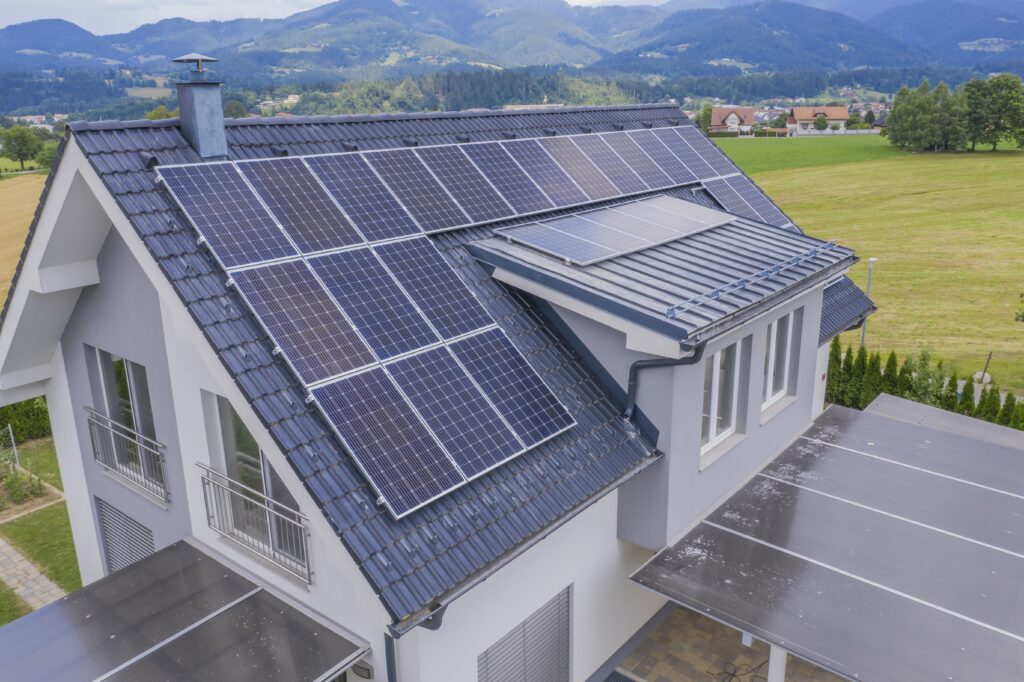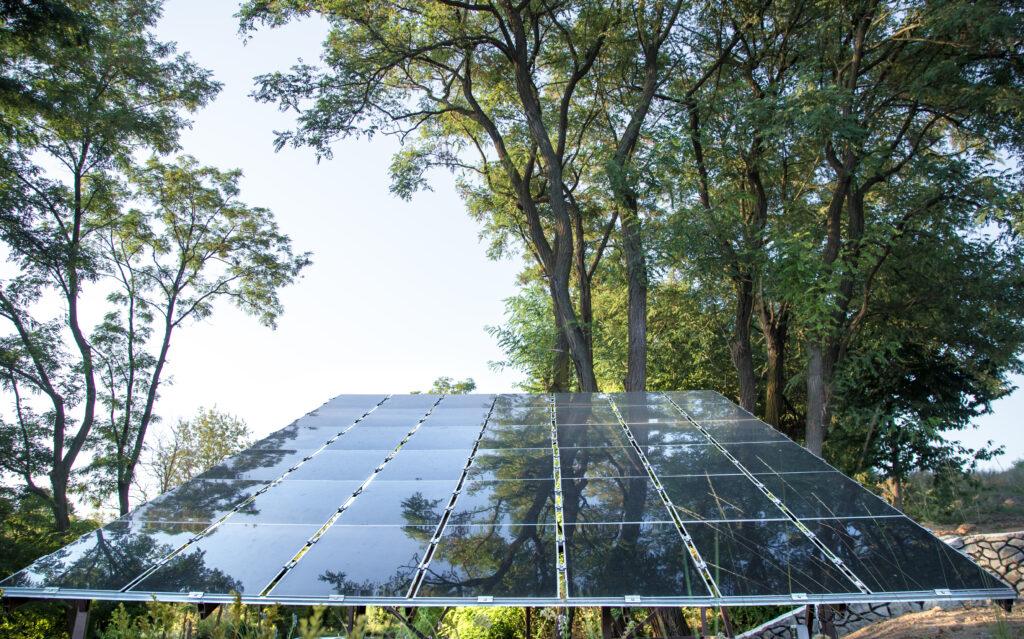
Image by wirestock on Freepik
As the world turns its attention towards sustainable energy sources, solar energy has gained significant popularity in recent years. The need to reduce our carbon footprint and combat climate change has prompted individuals and businesses alike to explore alternative sources of power. However, with this surge in interest comes a barrage of information, making it difficult to separate fact from fiction.
Therefore, it is crucial for us to delve into the world of solar energy and uncover the truth that lies behind the misconceptions. By doing so, we can make informed decisions about adopting this renewable energy source and contribute to a more sustainable future.
Benefits of Solar Energy
Solar energy offers numerous benefits, making it an enticing option for individuals and businesses alike. One of the most significant advantages is the potential for reduced electricity bills. By harnessing the power of the sun, households and organizations can significantly decrease their reliance on traditional energy sources and, in turn, lower their monthly expenses.
Moreover, solar energy is a renewable and sustainable energy source. Unlike fossil fuels, which are finite and contribute to environmental degradation, solar power relies on the sun’s rays, which will continue to shine for billions of years. By utilizing this clean and abundant energy source, we can reduce our carbon footprint and mitigate the harmful effects of greenhouse gas emissions.
Furthermore, the widespread adoption of solar energy can lead to job creation. As the solar industry continues to grow, more employment opportunities arise in areas such as manufacturing, installation, and maintenance. This not only benefits individuals by providing them with stable employment but also stimulates local economies.
Common Misconceptions
Unfortunately, several misconceptions often deter individuals from embracing solar energy. One common belief is that solar panels are too expensive. While it is true that the initial cost of installing solar panels can be significant, it is important to consider the long-term financial benefits. Over time, the savings on electricity bills can offset the initial investment, making solar energy a cost-effective choice.
Another prevalent misconception is that solar energy is unreliable, particularly during cloudy days or in regions with limited sunlight. However, advancements in technology have made solar panels more efficient, allowing them to generate electricity even in less optimal conditions. Additionally, energy storage systems can store excess energy produced during sunny periods for later use, ensuring a constant and reliable power supply.

Image by pvproductions on Freepik
Many also believe that solar panels require extensive maintenance. Contrary to this misconception, solar panels are relatively low maintenance. With no moving parts and minimal wear and tear, they often require only occasional cleaning to ensure optimal performance. This ease of maintenance contributes to the long lifespan of solar panels, offering a reliable energy solution for years to come.
Lastly, some people believe that solar energy is only suitable for sunny regions. While it is true that solar panels generate more electricity in direct sunlight, they can still function effectively in diverse climates. Modern solar panels are designed to capture diffused sunlight, making them a viable energy source even in areas with cloudy or overcast weather conditions.
Fact vs Fiction: Debunking Myths
When it comes to solar energy, it is essential to differentiate fact from fiction. The decreasing cost of solar panels is a testament to the growing accessibility of this renewable energy source. Technological advancements, economies of scale, and government incentives have made solar panels more affordable than ever before. As a result, more individuals and businesses can now invest in solar energy and reap its benefits.
Advancements in solar technology have also contributed to the debunking of common myths. Engineers and scientists continue to develop innovative solutions to enhance the efficiency of solar panels. From using nanotechnology to improve light absorption to creating flexible solar cells, these advancements are revolutionizing the renewable energy industry and further solidifying solar energy as a reliable and sustainable source of power.
Furthermore, the durability and low maintenance of solar panels have been proven time and time again. Modern solar panels are built to withstand various weather conditions, including strong winds and hailstorms. With warranties that often span several decades, solar panels require minimal upkeep, making them a hassle-free investment.
Contrary to the belief that solar energy is only suitable for sunny regions, studies have shown that solar panels can generate electricity effectively even in less sunny climates. Germany, for example, has become a leader in solar energy despite its relatively limited sunlight. By maximizing available sunlight and optimizing system efficiency, solar energy can provide a reliable power source in diverse geographical locations.
Case Studies and Success Stories
Real-life examples of successful solar energy projects demonstrate the tangible benefits of embracing this renewable energy source. From residential homes to large-scale commercial installations, solar energy has transformed communities and businesses worldwide.
One notable success story is the Ta’u Island in American Samoa. Previously reliant on diesel generators for electricity, the island now operates on a solar power microgrid. This transition has not only reduced the island’s dependence on fossil fuels but also provided a stable and cost-effective energy solution for its residents.
In addition to the positive environmental impact, solar energy projects have also been catalysts for economic growth. The Ivanpah Solar Power Facility in California, for instance, created numerous jobs during its construction and continues to provide employment opportunities in its maintenance and operation. Such projects stimulate local economies and foster sustainable development.
Conclusion
Accessing accurate information is crucial when it comes to solar energy. By debunking common misconceptions and shedding light on the facts, we can make informed decisions about adopting this renewable energy source.
Solar energy has the potential to transform our world by reducing our reliance on fossil fuels, mitigating climate change, and creating a more sustainable future. By harnessing the power of the sun, we can secure a clean and abundant energy source for generations to come.
Therefore, it is essential to separate the truth from the fiction surrounding solar energy. By educating ourselves with reliable data and scientific research, we can contribute to a more sustainable future and make informed choices for ourselves, our communities, and the planet.For more information and to explore solar energy solutions, visit https://alphasolarsa.com.
